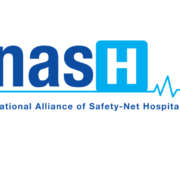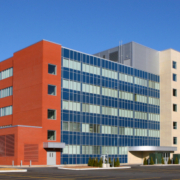Safety-net hospitals come in all sizes and shapes: they’re large and small, urban and rural, public and private. Some are freestanding and independent, some are part of health systems, and others belong to academic medical centers. They can be found in all 50 states.

Policy-makers increasingly are concluding that the obstacles created by these social determinants of health require public policies designed to tackle those social determinants while ensuring that those who face them have fair and equitable access to health care. These conclusions have been brought into new, bold relief by the battle against COVID-19, which has starkly illuminated the challenges the medically vulnerable face – and the challenges safety-net hospitals face when striving to meet their health care needs.
That last part is important: any attempt to address the social determinants of health and better serve the medically vulnerable needs to begin by identifying as safety-net hospitals those facilities that actually serve meaningful numbers and proportions of the medically vulnerable. For many years these hospitals have been hamstrung by underinvestment, a paucity of commercially insured patients, inadequate Medicaid payments, and large numbers of uninsured patients, and as a result they have struggled to meet the challenges they face every day.
As the leading voice for community safety-net hospitals, the National Alliance of Safety-Net Hospitals has long championed the needs of community safety-net hospitals and has plunged headfirst into the current discussion about how to define such hospitals because these hospitals are vital community partners in efforts to address the social determinants of health and pursue health equity. When the new congressional Social Determinants of Health Caucus issued a request for information, NASH submitted a detailed, substantive response that drove to the heart of the challenges community safety-net hospitals face. When MedPAC began its discussion on the question of what makes a provider a safety-net hospital, NASH wrote to the commissioners with our own proposed data-driven methodology for identifying such hospitals.

In the future we’ll share more about community safety-net hospitals: what they are, what they do, and what they need. For now, though, we maintain that any effort to better serve the medically vulnerable and mount a successful fight against the effects of social determinants of health must better arm safety-net hospitals for that fight and that doing so must begin with identifying which of the more than 5000 hospitals in the U.S. are truly safety-net hospitals.
We’ll share more about these issues again soon. Happy new year!
Ellen Kugler, Esq.
Executive Director

